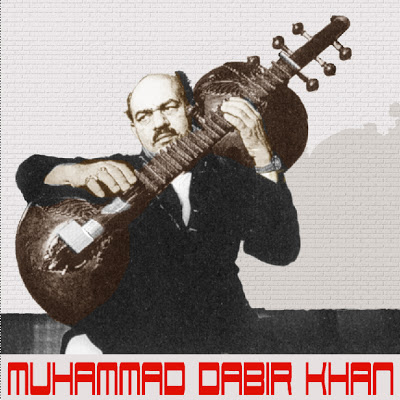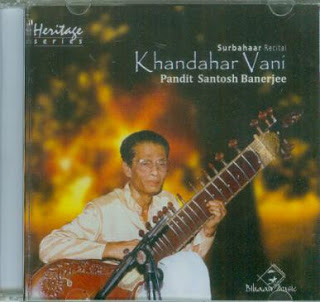We received only today the sad news that Ustad Mohammad Sayeed Khan of Jaipur-Atrauli Gharana has passed away on the 6th of october 2012, at the age of 77, in Amsterdam where he lived since the 1980s. In the 1970s EMI India released two LPs by him together with his younger brother Mohammad Rashid Khan - who passed away already in the 1980s - under the name Khan Bandhu. The second of these two LPs we present here as a tribute.
Sarangi: Masit Khan
Tabla: Nizamuddin Khan
Side 1:
Raga Tilak Kamod (17:43)
Side2:
1. Raga Kamod Nat (13:17)
2. Raga Raat Ki Gunkali (5:31)
Mohammad Sayeed Khan - Khyal-Pionier in Europa
- Nachruf von Yogendra -
Der große Khyal-Sänger Mohammad Sayeed Khan ist am 6. Oktober im
Alter von 77 Jahren in Amsterdam verstorben. Er stammte aus einer alten
Musikerfamilie in Mumbai und war ein Vertreter der Jaipur-Atrauli Gharana.
Gelernt hatte er von Kindheit an von seinem Vater, dem Sarangi-Virtuosen Abdul
Majid Khan, Schüler von Gharana-Gründer Alladiya Khan und Sarangi-Legende Bundu
Khan. International bekannt wurde Mohammad Sayeed Khan in den 1960er und 70er
Jahren auf weltweiten Tourneen und zahlreichen Schallplatten im Gesangsduett als
Khan Bandhu mit seinem jüngeren Bruder Mohammad Rashid Khan. Nach Rashids frühem
Tod ließ er sich über den Umweg Surinam in den 1980er Jahren mit seiner Familie
in Amsterdam nieder. Dort lebte er bis zu seinem Tod als Lehrer und
konzertierender Künstler und wurde so ein wichtiger Pionier indischer Musik in
Europa.
Sein musikalisches Erbe wollte keines seiner Kinder antreten.
Deshalb entschloss sich Mohammad Sayeed Khan 2007 nach einer Pilgerfahrt nach
Mekka, mit der etablierten Tradition vieler Musikerfamilien zu brechen, wonach
musikalisches Wissen als eifersüchtig gehütetes Geheimnis nur mündlich an
sorgfältig ausgewählte Verwandte oder sehr enge Schüler weitergegeben wird.
Statt seine gesammelten musikalischen Schätze mit ins Grab zu nehmen,
präsentierte er sie 2009 in Buchform mit begleitender CD. 238
Khyal-Kompositionen in 115 Ragas aus seiner Familientradition machte er damit
der Allgemeinheit zugänglich und bewahrte sie so vor dem Vergessen.
He bares family 'jewels' to keep music alive
Vithal C Nadkarni, TNN Jan 17,
2009, 12.53am IST
Ustad Mohammad Sayeed Khan got the idea of opening his
family's musical riches to the public during a pilgrimage to Mecca in 2007. With
the New Year, the Amsterdam-based son of well-known sarangi maestro Abdul Majid
Khan has fulfilled his dream, with the release of a CD and a book with 238
compositions in 115 Hindustani ragas ranging from Adana to Yaman. The ensemble
was launched recently in Mumbai, London, Delhi and Kolkata.
Noted santoor
maestro Shivkumar Sharma complimented the ustad at the Mumbai function for
"sharing the family jewels of his Jhajjar gharana''. "In one stroke, he has
broken an unspoken taboo against the transmission of traditional knowledge which
many old-style pedagogues tend to guard like zealous dragons hoarding buried
treasures,'' he said. "By providing print and audio versions of the heirlooms
with a commentary on the lyrics, the ustad has greatly facilitated the musical
odyssey of the neophyte as well as seasoned performer. It's a milestone in the
renaissance of the classical tradition.''
In the past, many chelas have
complained of difficulties in getting hold of compositions from their
`close-fisted' gurus even after offering years of service to them. Experts cite
this as one of the reasons for the decline in the traditional style of teaching
and the extinction of many exquisite compositions.
Ustad Mohammad Sayeed says
he was inspired to share his family repertoire for the sake of posterity. "I do
not want to take these treasures with me to the grave as has happened in so many
cases,'' he said. "All my children are highly qualified and well settled in the
Netherlands. But they aren't interested in music, which makes it all the more
imperative that I share it with the larger `family of man'.''
The ustad
recalls how he always used to pray for knowledge whenever he offered namaz. He
said he was grateful for the superlative taalim (musical education) from his
father, who had himself learnt at the feet of the legendary founder of the
Jaipur gharana, Alladiya Khan.
Years later when he went to Mecca for a second
visit, the ustad says he prayed for the first time for public acceptance of the
knowledge that he had received from his forefathers. "Now that, too, is becoming
possible,'' he said while reminiscing about the golden era of Hindustani
classical music (which is evoked in the book through anecdotes of musicians).
That was when his father used to accompany most of the illustrious musicians of
the day on the sarangi. "Many masters visited and stayed with my father, who was
particularly known for his sangat or instrumental accompaniment to the great
diva, Kesarbai Kerkar,'' he recalls. "And it was during the soirees and
night-long addas at home and on the concert platform, from behind the tanpura,
that I picked up many a secret of the classical tradition during our rigorous
apprenticeship.''
Ustad Mohammad Sayeed, a graduate of St Xavier's College,
used to sing jugalbandis with his younger brother Ustad Mohammad Rashid Khan.
Later he went to Surinam on an Indian Council for Cultural Relations fellowship
and travelled thence to Holland with his family in the mid-1980s to eventually
settle abroad. "That was the period when my younger brother died in Mumbai, and
I began to brood about giving back to society what I had received in such
abundance,'' he said.
Veteran sitarist Arvind Parikh, who was also present at
the CD launch, said, "Ustad Mohammad Sayeed's maiden venture focused on the
nayika or the heroine. We are now looking forward to the next volume which
covers the social and cultural aspects of our rich musical heritage.''
from:
http://articles.timesofindia.indiatimes.com/2009-01-17/mumbai/28001672_1_gharana-hindustani-classical-music-compositions
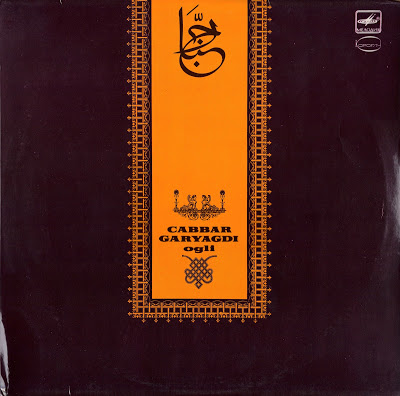
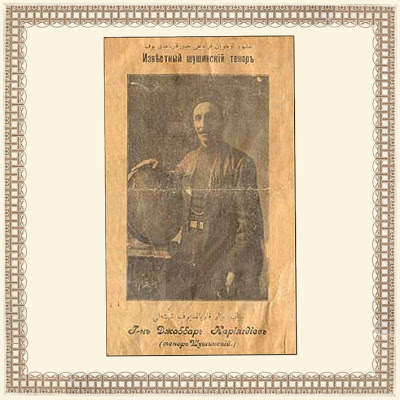
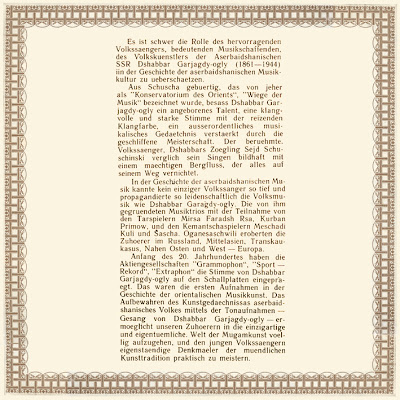
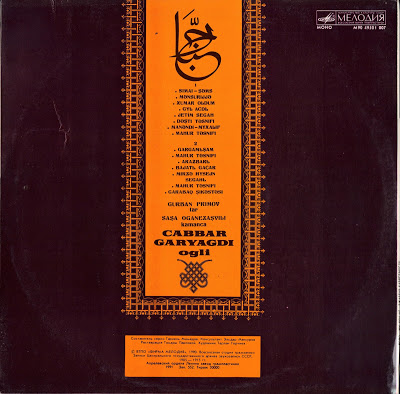
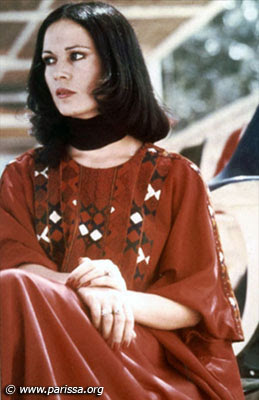
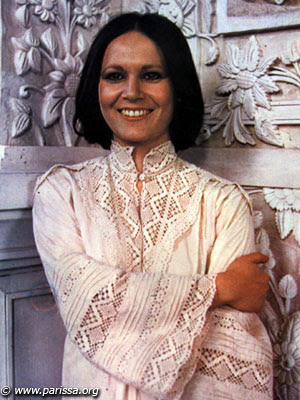
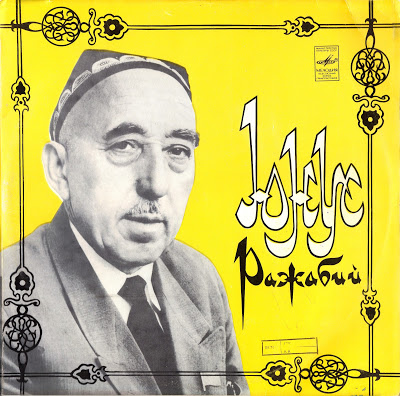
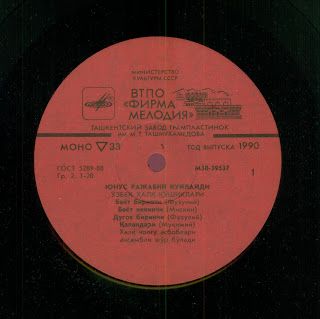
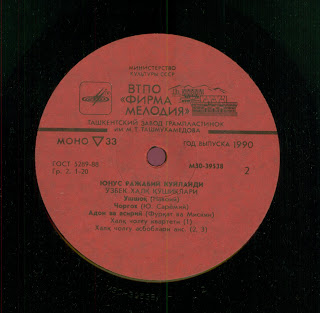
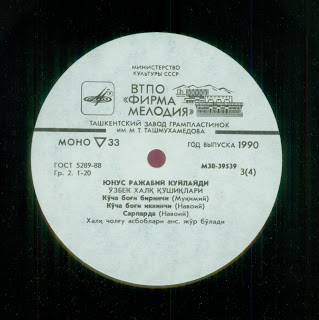
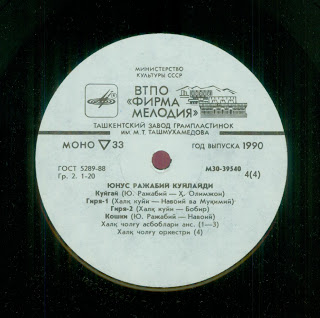
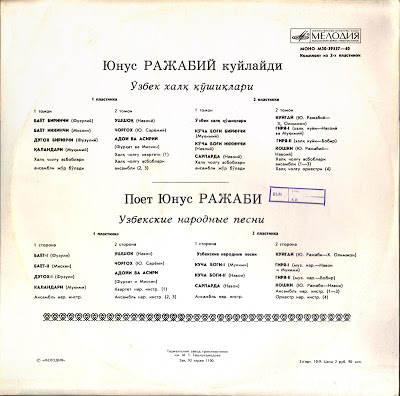
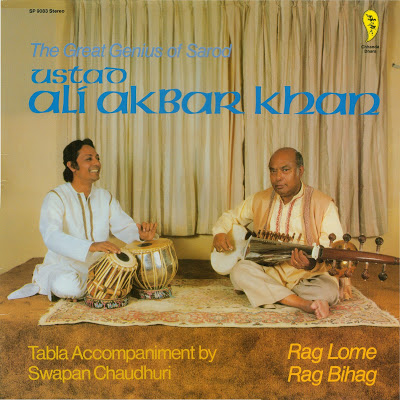
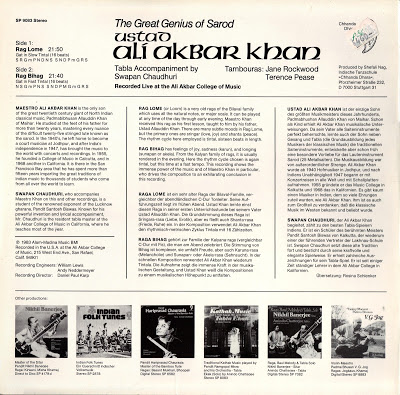

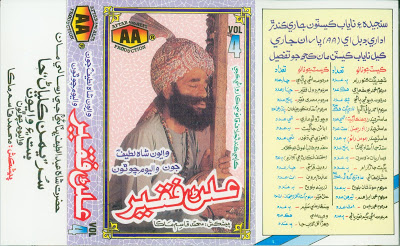
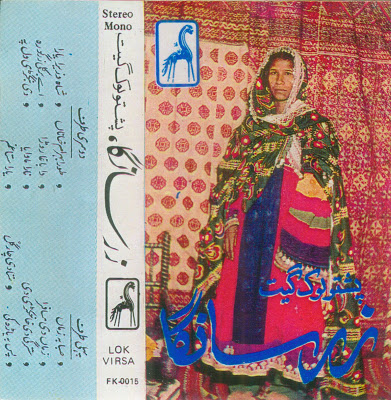
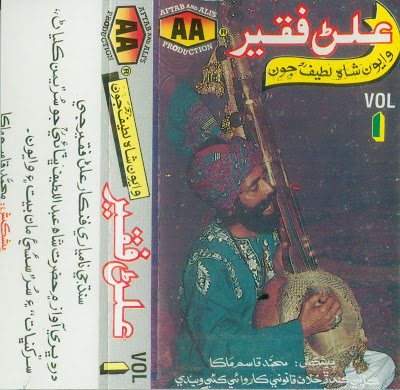
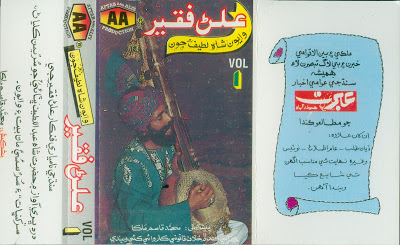


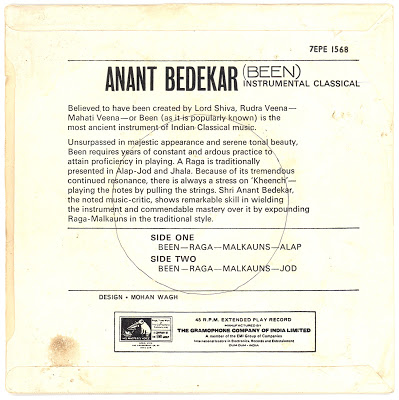

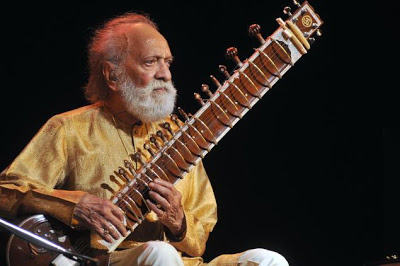
%20-%20front.jpg)
%20-%20label%201.jpg)
%20-%20label%202.jpg)
%20-%20back.jpg)
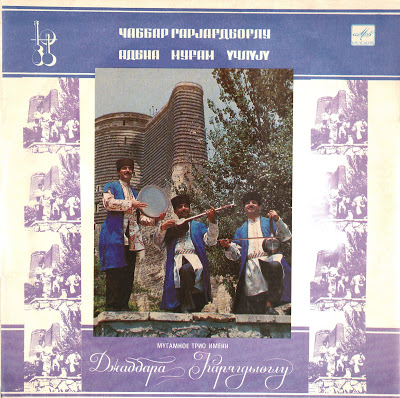
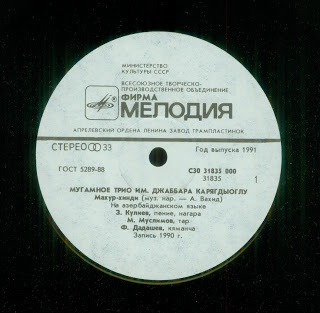
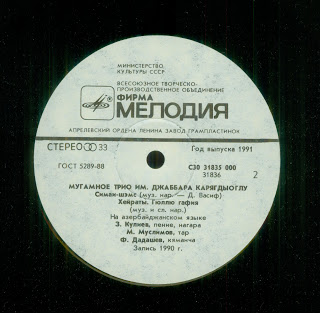
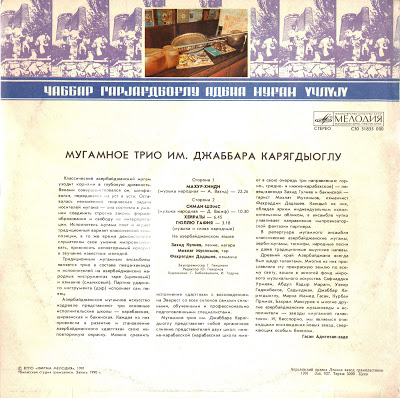
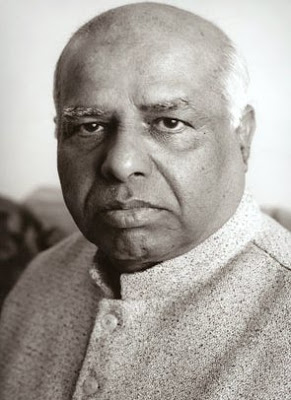
%20-%20front.jpg)
%20-%20label%201.jpg)
%20-%20label%202.jpg)
%20-%20back.jpg)
